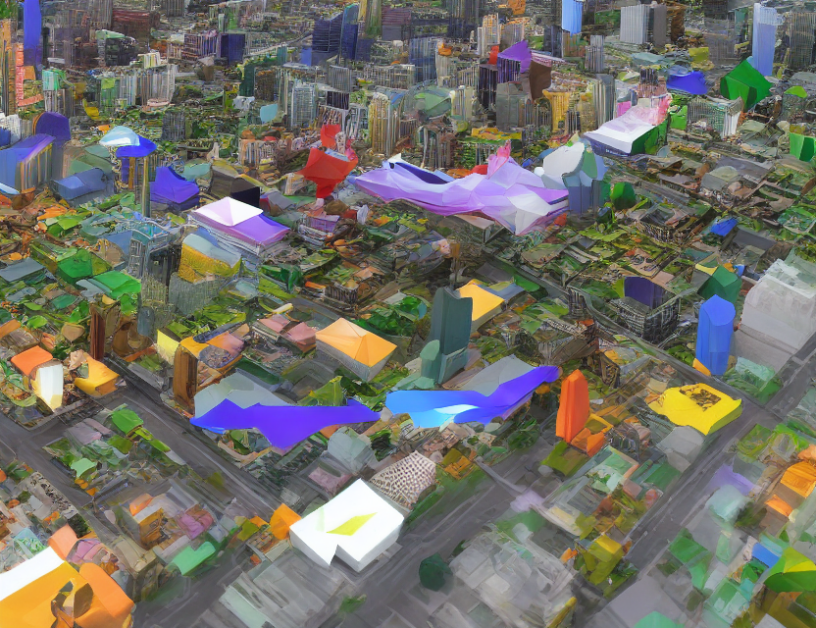In this article, Ming Tao et al. propose a novel approach to text-to-image synthesis called Df-gan, which stands out for its simplicity and efficiency. The authors aim to create a new scene based on the given concept by combining free-text with pseudo-words, but they observe that the personalized concept can become diluted or lost during the process. To address this challenge, Df-gan leverages a self-attention mechanism in the CLIP text encoder, which allows the model to focus on integrating different information at various depths. The results show that deeper self-attention layers prioritize abstraction over concreteness, leading to more effective and personalized image synthesis.
🌐 Demystifying Complex Concepts: Self-Attention Layers
Imagine you’re a chef trying to create the perfect dish. You have all the ingredients, but you need to mix them in just the right way to make it taste great. That’s where self-attention layers come in – they help the model focus on the right ingredients at the right time, ensuring that your personalized concept is created with precision and accuracy.
💡 Everyday Language: Focus of Information Integration
Think of the self-attention layers as a spotlight that shines on different parts of the recipe. As you move the spotlight around, you’re highlighting different ingredients and bringing them into focus. In the same way, Df-gan’s self-attention layers help the model focus on the most important information when generating an image, ensuring that it captures the essence of the personalized concept.
🌈 Abstraction vs Concreteness: A Shift in Focus
Imagine you’re a painter, and you want to create a beautiful landscape. You start by blocking in the basic shapes and colors, but as you work, you realize that you need to add more details to make it truly come alive. Df-gan’s deeper self-attention layers are like adding those details – they help the model shift its focus from broad, abstract concepts to more concrete and specific ones, resulting in highly personalized images.
🚀 Efficient and Effective: A Simple Baseline for Text-to-Image Synthesis
Lastly, Df-gan’s simplicity and efficiency make it a valuable tool for anyone looking to create personalized text-to-image content quickly and easily. With its ability to integrate different information at various depths, this approach offers a robust solution for a wide range of applications – from artistic creations to practical uses like product design or advertising. So the next time you want to bring your ideas to life, give Df-gan a try!



